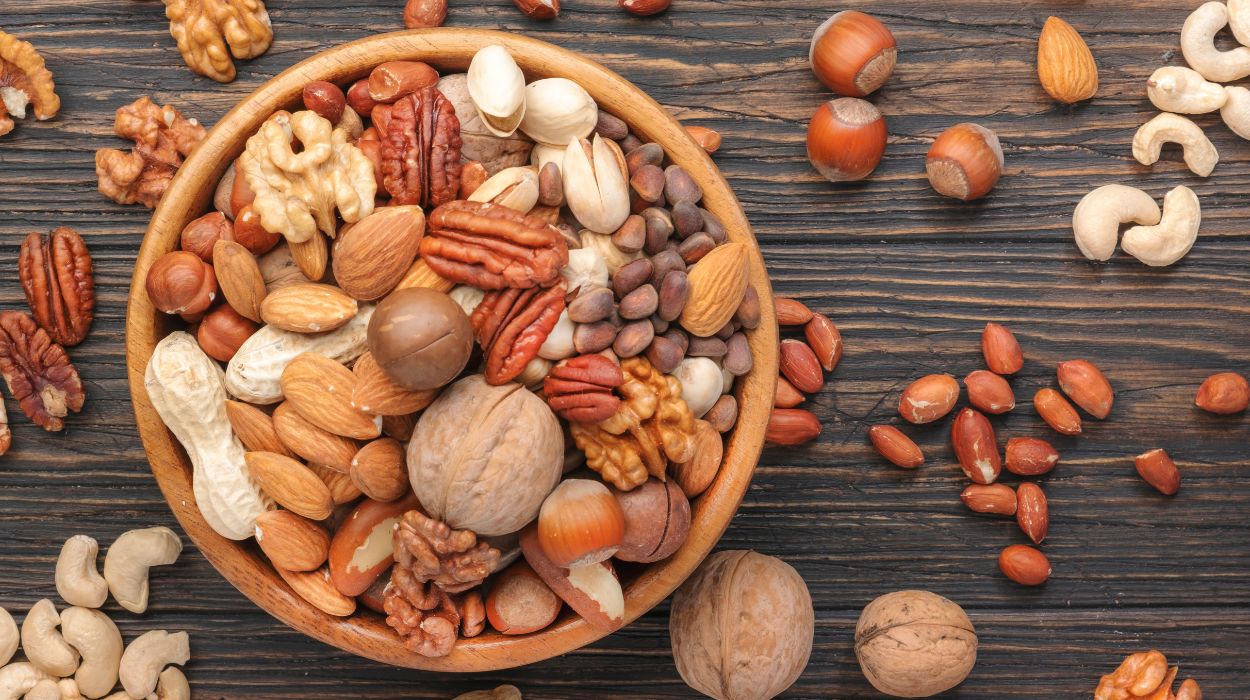FIND SAFER BABY FORMULA
Debating between breast feeding and formula feeding? Healthy Child recommends breastfeeding if possible for at least the first 12 months of life. We’re in good company here – the American Academy of Pediatrics and the World Health Organization agree.
However, there are important and valid reasons a family might need to use formula.
It’s important to consult with your pediatrician to pick the best and safest option for your baby, especially in light of increasing recalls on infant formulas. The number one thing to keep in mind is to choose organic to avoid pesticide residues, synthetic hormones, and genetically modified ingredients, among other concerns.
Here are other considerations when shopping for baby formula and baby bottles:
- When deciding between powdered and liquid, read up on the issues with either to make an informed choice. Powdered isn’t a sterile product and has been subject to recalls in the past due to contamination, so might not be the right choice for very young infants. (For best powdered formula preparation practices, turn to this World Health Organization guide.) If you opt for liquid formula, make sure it comes in a BPA-free container.
- Use distilled or filtered water for preparing formula. There are many reasons to do this, including that fluoride found in municipal drinking water can harm rather than help baby’s teeth. The American Dental Association suggests mixing formula with water that either is fluoride-free or has low concentrations of fluoride.
- Choose glass, stainless steel, or BPA-free bottles with silicone nipples.
- Do not heat water or formula in plastic. If you’re using a plastic bottle, heat in glass first then transfer to the bottle.
- If you’re using plastic, wash bottles with a mild plant-based detergent by hand to prevent degradation. Replace bottles and nipples when they become worn.
- You may see DHA and ARA mentioned on product packaging. These fatty acids, vital for brain and eye development, are most efficacious as naturally occurring components of breast milk; artificial versions have not been shown to have the same developmental results. There has been some concern regarding the method used to extract them for use in formula, but they’re difficult to avoid as nearly all formulas are fortified with them. Still, these nutrients are vital for healthy development and manufacturers continue to look for natural, effective sources, so do a little research to see what the latest recommendations are from sources like the FDA and American Academy of Pediatricians.
- Formula contains added sugar to help babies digest proteins. The FDA doesn’t set an amount of sugar per serving or specify which sugars can be used. Discuss with your pediatrician to determine how much is too much and which kind (i.e. sucrose or lactose) is preferable for your baby.
Need more help? Check out the NRDC’s Healthy Milk, Healthy Baby guide as well as EWG’s Guide to Infant Formula and Baby Bottles.
+ Sources
Health Canal avoids using tertiary references. We have strict sourcing guidelines and rely on peer-reviewed studies, academic researches from medical associations and institutions. To ensure the accuracy of articles in Health Canal, you can read more about the editorial process here


